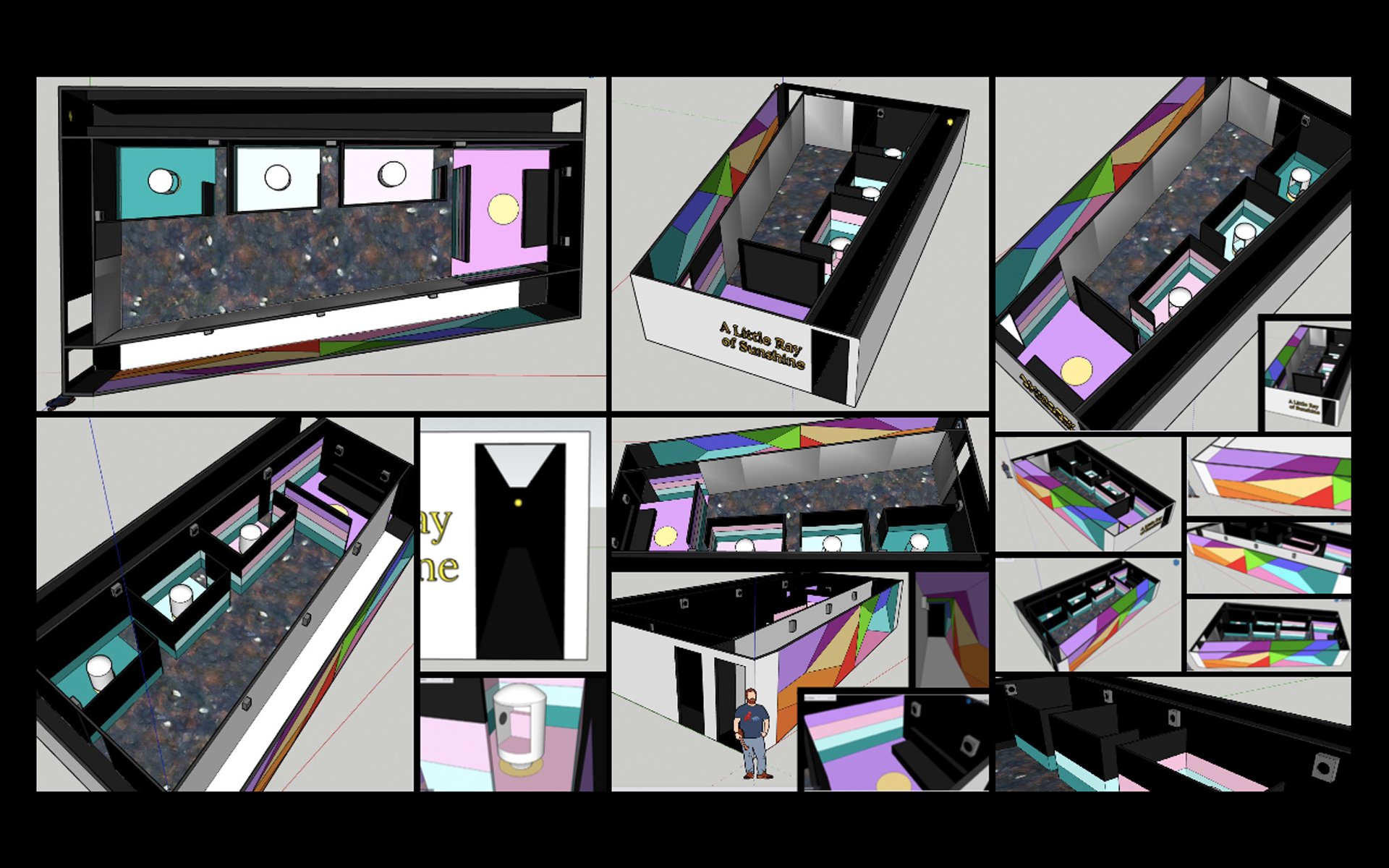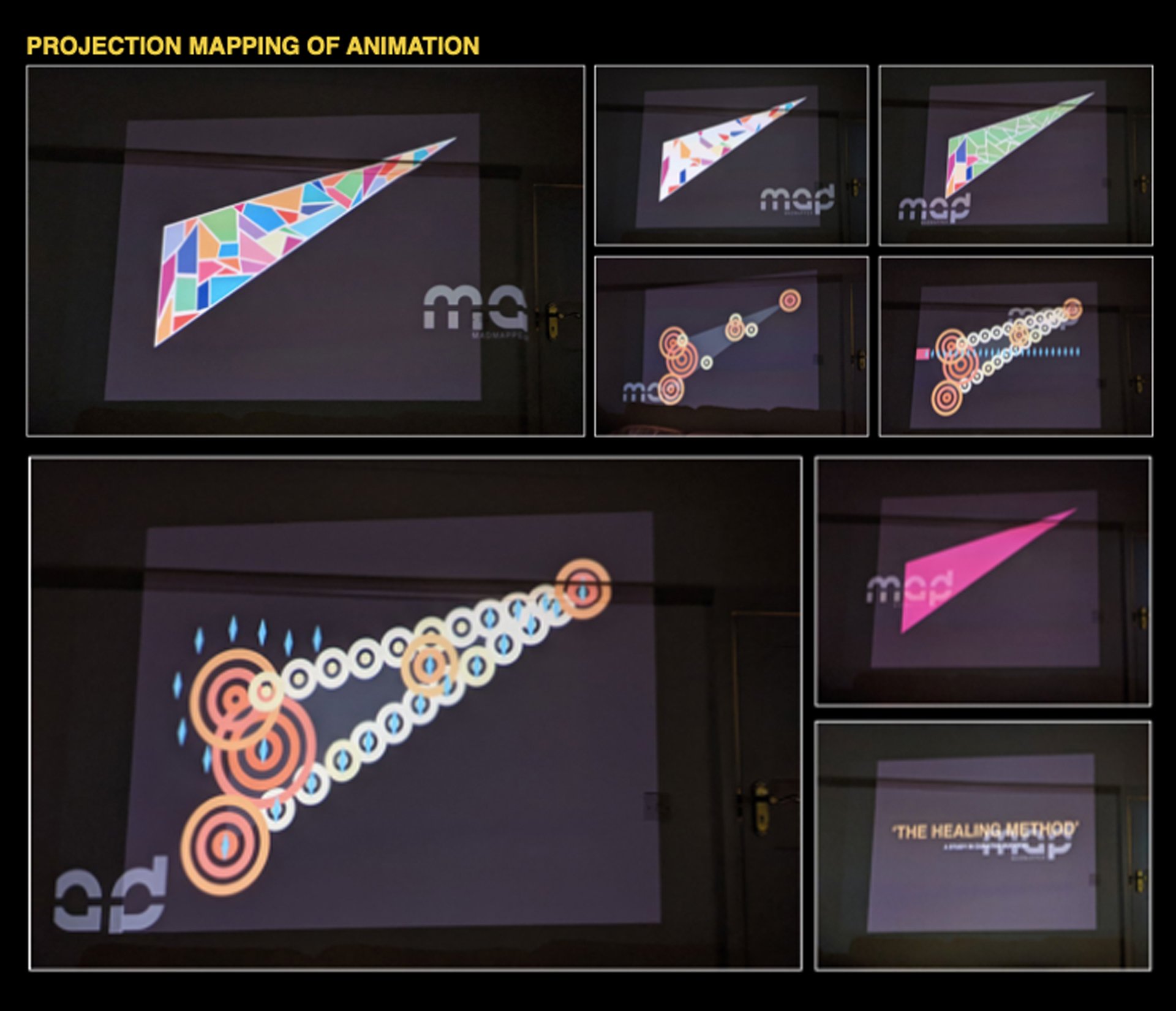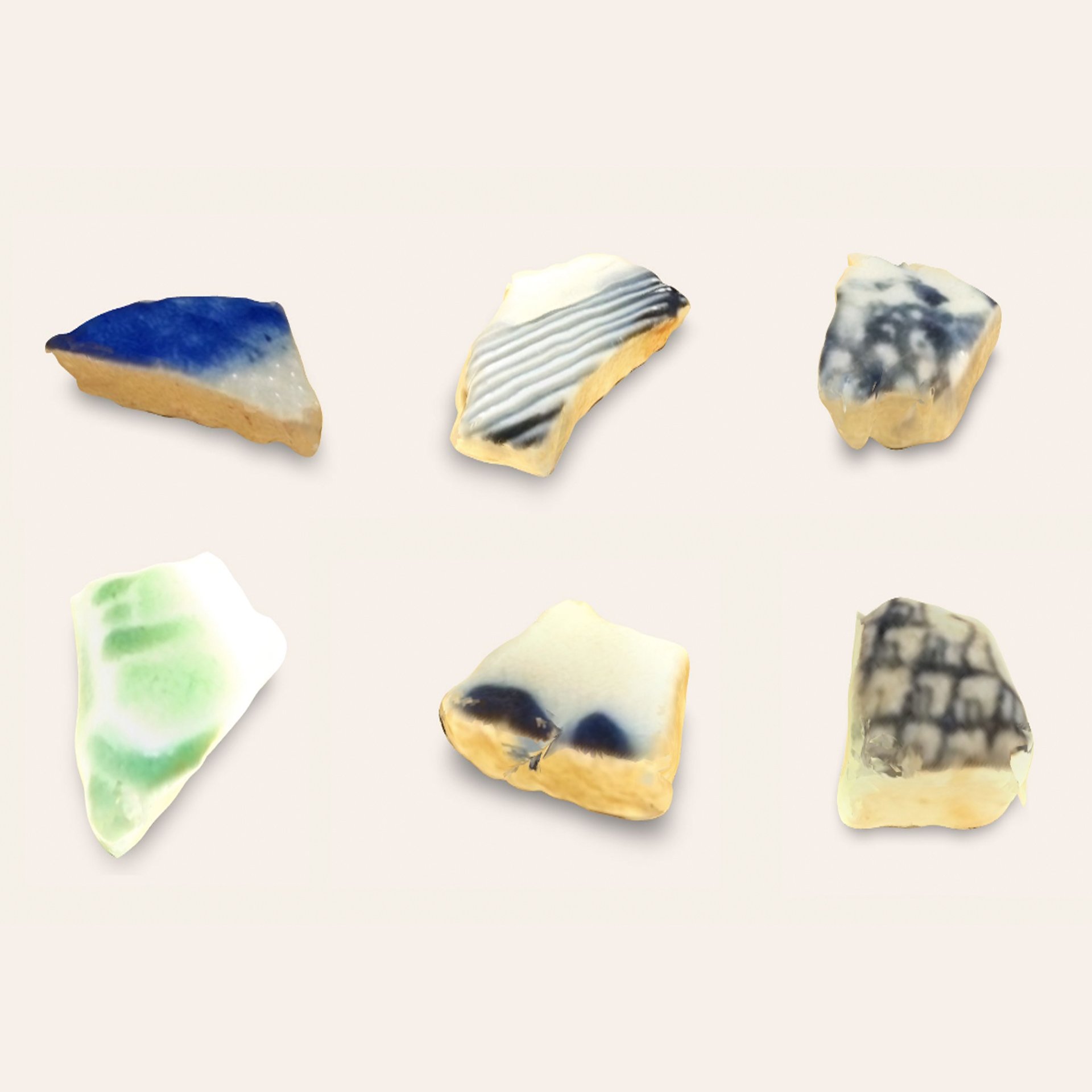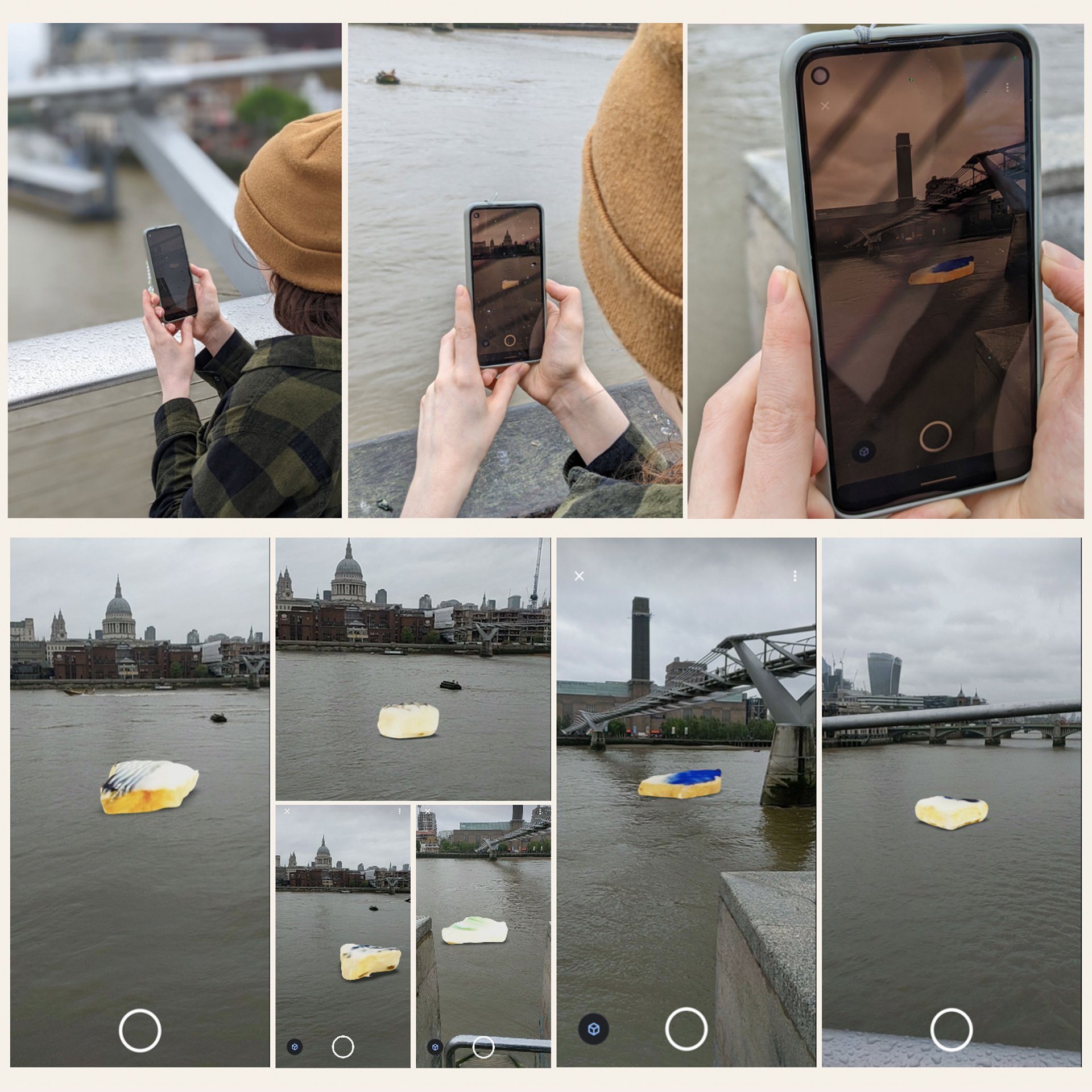Breanna Herring
Email address
moc.liamg@ngisedgnirrehbBiography
Hi! I’m Breanna, a graphic designer who challenges outcomes to develop skills and solve social issues. Two of my major projects are directed towards social design, addressing the important and emotional subject of pancreatic cancer. Another project I developed makes the invisible, visible; celebrating history and discovery with the use of the new technology, Augmented Reality. I am hard-working and driven, producing work that I hope will help make a difference to people.
Portfolio
3 to 42
The brief for this project was self-directed and focuses on the emotional subject of pancreatic cancer, which is personal to me after I lost my grandpa to it in 2018. I was unaware of the cancer before, and studies show that 50% of patients with the illness were also uneducated about it before being diagnosed. I therefore wanted to change this, as early detection can save lives. This is shown through the ‘3 to 42’ title, which references how drastically the survival rates can increase if the cancer is discovered early. The current survival rate is only 3%.
The project is social design focused, bringing awareness and attention to pancreatic cancer. This includes its symptoms, with the purpose of encouraging people to go and get tested early, as quick detection is essential for survival. The campaign is also aimed at supporting those with pancreatic cancer and those at risk of potentially getting it, with access to information, support phone numbers and patient stories. The outcomes involve a series of posters, website and information pack including a leaflet, research information and business cards with phone numbers and emails.

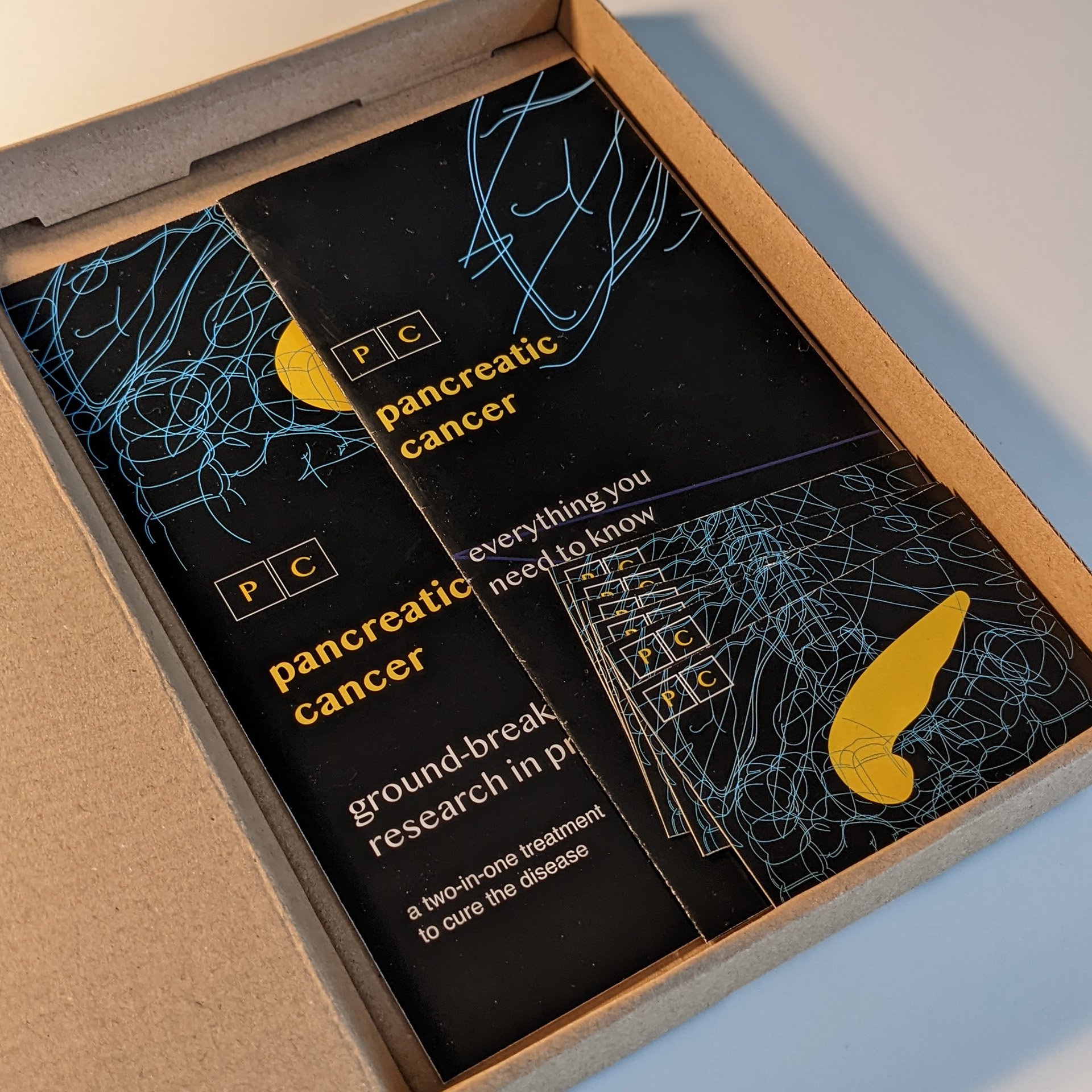
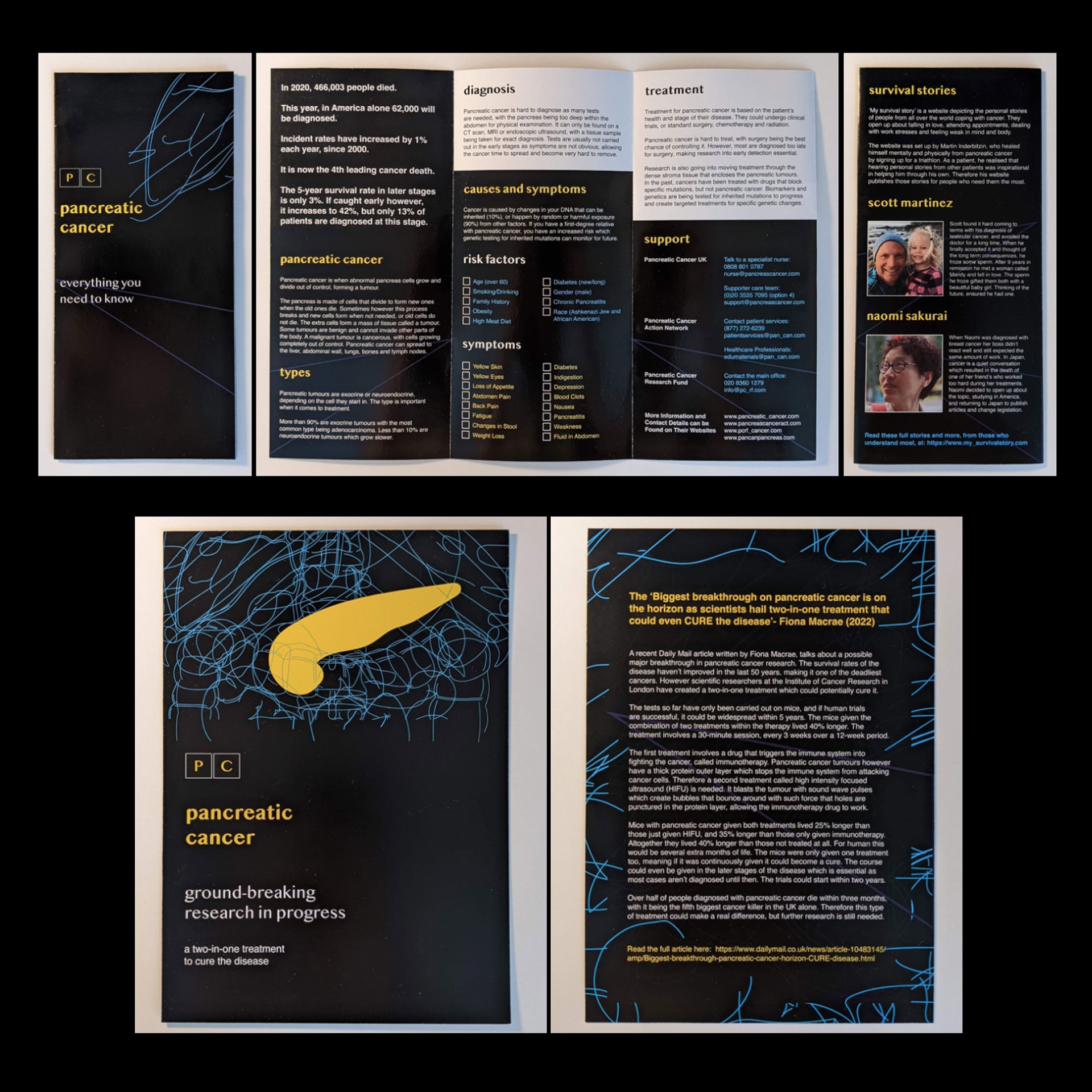
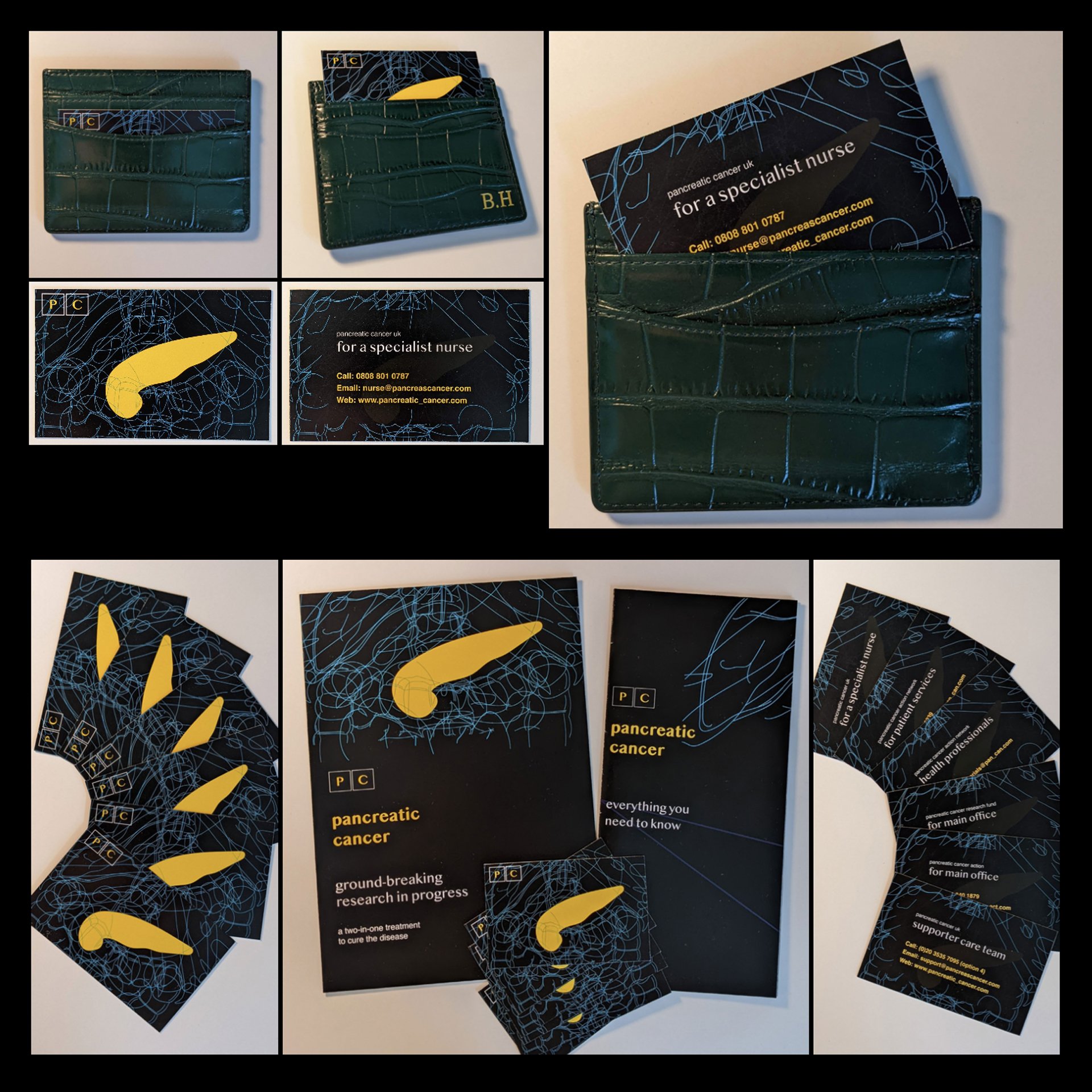
Thames Treasures
The brief for this project was a written brief entitled ‘Interpolate’, which was the investigation of two opposing subjects and the space between them. I chose ‘Visible and Invisible’, displaying the historic and interesting objects hidden below the Thames in a clear, eye-catching AR format.
The outcomes involve an app and website, which can cast found objects into AR, allow people to collect images of their own mudlarking adventures, and read up on London’s history to see what time period their found items could be from. I also created a real-life, live AR website which can show the ceramic pieces I personally collected from the foreshore in three-dimensional form on a desktop, and in AR on a phone.
The idea is for the objects to be cast in AR above the Thames in the exact location they were located below the water, exposing what treasures are hidden. This encourages people to go to the mudlarking locations to see the items, and therefore engage in the activity themselves. The AR can be triggered anywhere however, encouraging everyone, wherever they are to go and find their own objects, investigating the time periods they could possibly be from.
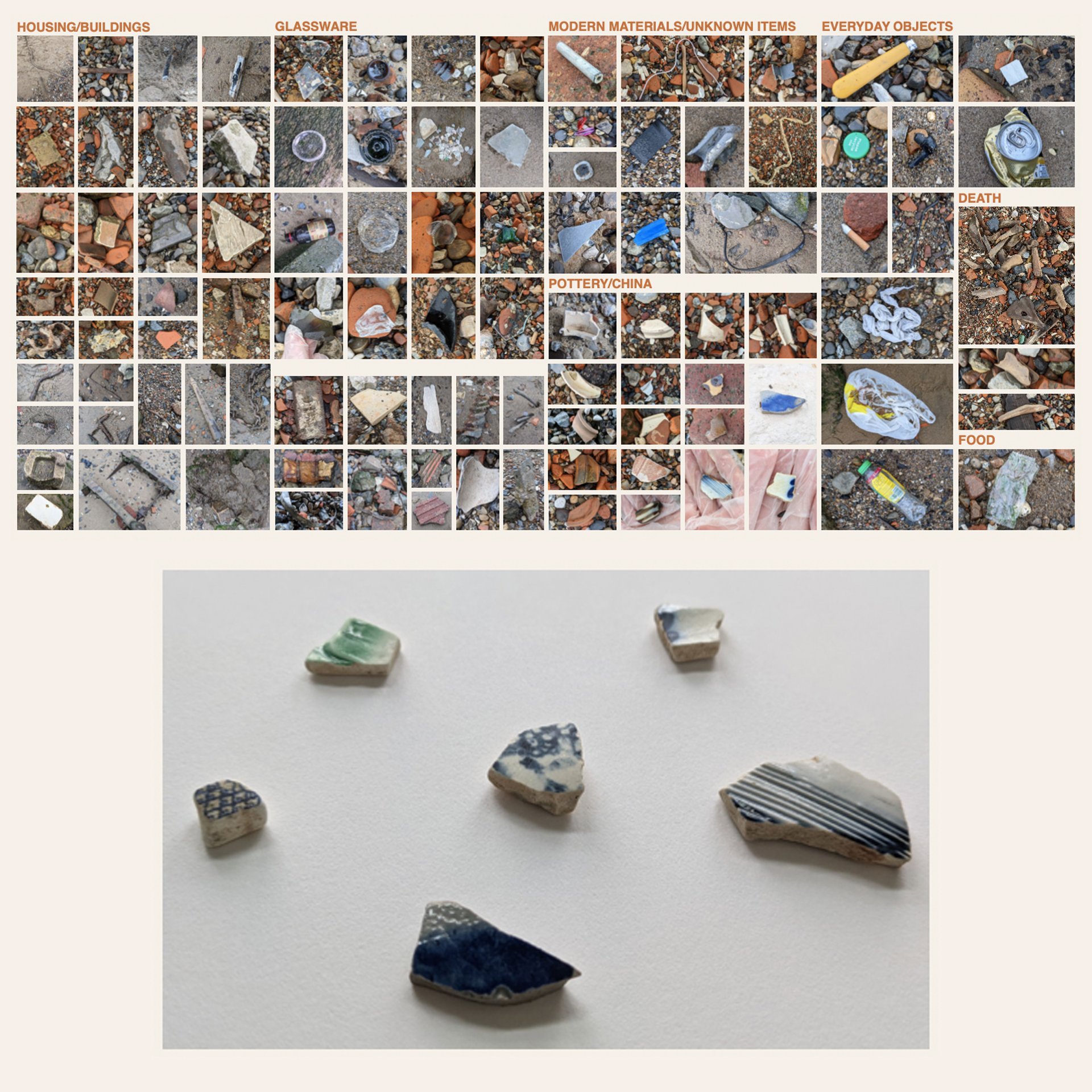
Little Ray of Sunshine
The brief for this project was a written brief ‘Positioning in Industry’ which encouraged the exploration of a certain area of the graphic design industry. I chose an emerging technology in the field, Projection Mapping, creating an exhibition to use it to bring attention to the emotional issue of pancreatic cancer. This project influenced my ‘3 to 42’ one.
My project allows patients/visitors at hospitals to emotionally experience the healing process of an illness through interaction, projection mapping and sound design, bringing them feelings of comfort and hope. The focus is predominantly on supporting those with Pancreatic Cancer, but it can also benefit all other patients. The exhibition is a pop-up structure appearing outside hospitals, touring around the country. The first hallway simulates getting ill, the middle room comforts people now they have the illness, and the last hallway shows hope and healing.
The first hallway is dark, small and uncomfortable with a single yellow light aimed at the faces of the people who enter, highlighting the pancreatic cancer symptom of yellow skin. The middle room displays relaxing water-like projections, with pressure-sensitive flooring that triggers ripples within the water. The room also involves private pods to hear personal stories from other patients to get support, and an animation which displays the surgical procedure that pancreatic patients will have to undergo to fully recover. This prepares the visitor to walk through the last hallway which coats them in bright colours through stained glass windows, triggering emotions of hope, peace, and divine healing.

